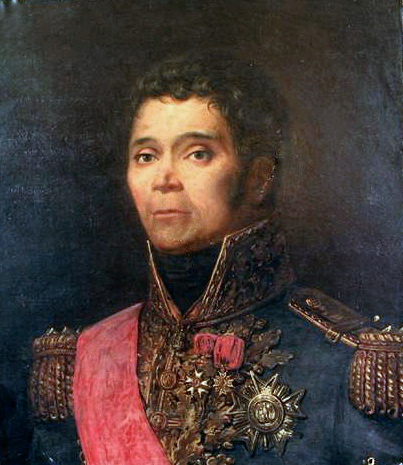François de Kellermann
Fought on 28 November 1809, the Battle of Alba de Tormes was an important French victory in the Peninsular War and one of the few occasions in the Napoleonic era when a force of all arms was broken by cavalry alone. In brief, the aftermath of the Talavera campaign had found the provisional government established to rule Patriot Spain in 1808 (the Junta Central) in a difficult situation. Thus, Viscount Wellington had resolved to refrain from engaging in any further joint operations with the Spanish armies unless they were placed under his command, while the Junta’s many internal enemies were plotting its overthrow. Only a dramatic victory could save the day, and the Junta therefore ordered its three main armies to launch a concentric advance on Madrid. To the northwest of the capital the force involved was the 26,000-strong Army of the Left commanded by the Duque del Parque.
In early October these troops, which outnumbered the opposing French forces by three to two, duly advanced on Salamanca and won a minor victory at Tamames. Thus encouraged, del Parque then occupied Salamanca, only to fall back southwestward as soon as the French showed signs of concentrating against him in strength. No pursuit was forthcoming, however-not only had the invaders had to send some of their troops back to ward off guerrilla attacks on such towns as Valladolid, but the Spanish general had holed up in the towering Sierra de Gredos-and on 18 November del Parque therefore once more marched on Salamanca. Heavily outnumbered once again, the French pulled back to Medina del Campo, where they were attacked by the Spanish advance guard on 23 November.
At this point, however, del Parque heard of the defeat of the Spanish Army of the Center at Ocaña. Realizing that the French were now likely to concentrate against him in overwhelming numbers, he therefore embarked on a hasty retreat in the direction of his base at Ciudad Rodrigo. En route, however, he came to grief. Believing that he was well out of reach of the French, on 28 November he allowed his men to bivouac in a weak position at Alba de Tormes. To make matters worse, meanwhile, his cavalry did not keep adequate watch. Had the French really been far away, then all would have been well, but this was not the case. By riding hard, 3,000 cavalry under General Kellermann arrived on the scene an hour before sunset. Unwilling to let his foe escape, the French general decided to attack without waiting for the infantry who were coming up behind him. Charging home with the élan characteristic of Napoleonic cavalry, Kellermann’s dragoons and hussars drove all before them, and the Spanish retired in great disorder, having lost nine guns, a considerable quantity of baggage, and some 3,000 men. French losses, meanwhile, were at most 300 men. Since many other Spanish soldiers deserted in the subsequent retreat, for the time being the Army of the Left was out of the war.
References and further reading Esdaile, Charles. 2002. The Peninsular War: A New History. London: Penguin. Oman, Charles. 2005. A History of the Peninsular War. 7 vols. London: Greenhill. (Orig. pub. 1902-1930.)
